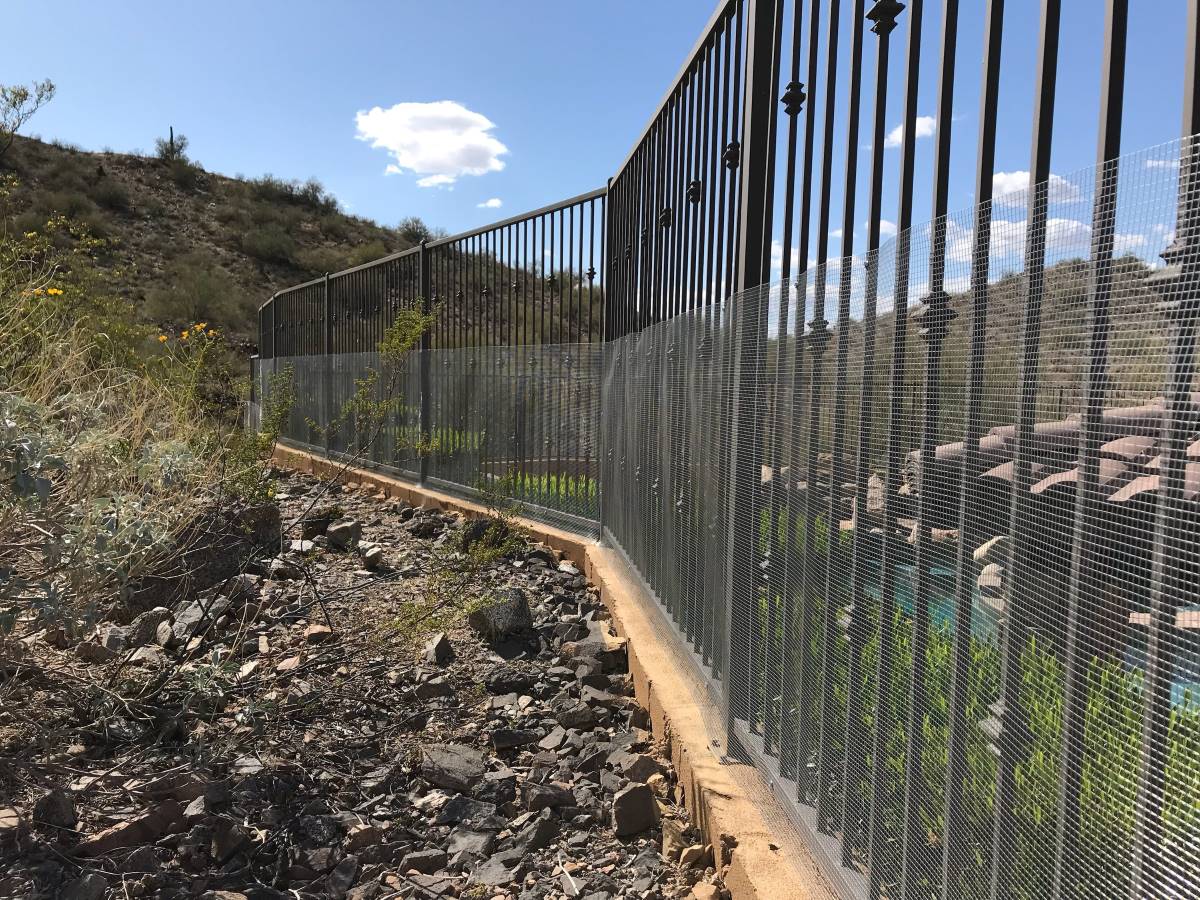

Articles
What Is A Snake Proof Fence
Modified: May 6, 2024
Discover how to build a snake proof fence and protect your property. Read informative articles and gain valuable insights from experts in the field.
(Many of the links in this article redirect to a specific reviewed product. Your purchase of these products through affiliate links helps to generate commission for Storables.com, at no extra cost. Learn more)
Introduction
A snake proof fence is a specialized structure designed to prevent snakes from entering a particular area. These fences are typically built around residential properties, farms, or recreational areas in areas where snake encounters are common. The main purpose of a snake proof fence is to ensure the safety and peace of mind of the people living or working within the enclosed area.
Snakes are fascinating creatures, but they can also pose a danger to humans and animals. In regions where there is a high population of venomous snakes, it becomes essential to implement measures to mitigate the risk of snake bites. A snake proof fence is one such proactive measure that offers a reliable solution.
Snake proof fences act as a barrier, preventing snakes from entering designated areas, such as homes, barns, or playgrounds. These fences are specially designed to be impenetrable for snakes, with features that discourage and hinder their ability to climb or slither through.
While it may seem like a simple concept, the design and construction of a snake proof fence require careful consideration of various factors, such as the specific snake species in the area, their behaviors, and the environment in which the fence will be installed.
In this article, we will delve into the world of snake proof fences, exploring their purpose, types, design, construction, materials used, maintenance, and effectiveness. We will also discuss the benefits and limitations of these fences, helping you gain a comprehensive understanding of their significance in mitigating the risk of snake encounters.
Key Takeaways:
- Snake proof fences are specialized barriers designed to prevent snakes from entering specific areas, providing protection from snake bites, safeguarding property and assets, and ensuring the safety of humans, animals, and natural habitats.
- While snake proof fences significantly reduce the likelihood of snake encounters, they are not foolproof and require proper design, construction, and ongoing maintenance. Understanding snake behaviors and environmental factors is crucial for their effectiveness.
Read more: What Are Garden Snakes
Definition of a Snake Proof Fence
A snake proof fence, also known as a snake exclusion fence, is a specially designed barrier that aims to keep snakes out of a designated area. It is constructed using materials and methods that are specifically chosen and implemented to prevent snakes from crossing or infiltrating the enclosed space.
The primary goal of a snake proof fence is to create a physical barrier that snakes cannot penetrate. This is achieved by incorporating features that capitalize on the natural behavior and limitations of snakes. The fence must be designed to be impenetrable and effectively deter snakes from attempting to climb, slither under, or go through the fence.
Snake proof fences are typically built to enclose specific areas, such as residential properties, farms, or recreational spaces. These areas may be located in regions where snakes are prevalent, particularly venomous species that pose a threat to human safety and livelihoods.
The size and height of the fence vary depending on the intended purpose and the types of snakes in the area. Snake proof fences can range from relatively low, waist-high structures to tall fences reaching several meters in height. The height is crucial to prevent snakes from easily climbing or accessing the enclosed area.
The design of a snake proof fence is carefully planned to ensure its effectiveness. It includes features such as tightly woven mesh or solid materials, preventing snakes from squeezing through or pushing their way in. Additionally, the fence may also incorporate an overhang or lip at the top to make it harder for snakes to climb over.
It’s important to note that a snake proof fence is not a guarantee that no snakes will ever enter the enclosed area. However, it significantly reduces the likelihood of snake encounters and provides peace of mind for those living or working within the protected perimeter.
Next, we will explore the purpose and benefits of installing a snake proof fence, helping you understand why these structures are crucial for snake mitigation and safety.
Purpose of a Snake Proof Fence
The purpose of a snake proof fence can be summed up in one word: protection. These fences are primarily installed to provide a safe and secure environment by preventing snakes from entering specific areas.
There are several key reasons why individuals and organizations choose to install snake proof fences:
- Preventing snake bites: One of the main objectives of a snake proof fence is to protect humans and animals from potential snake bites. Venomous snakes, in particular, pose a significant risk to human health and can cause severe and even fatal injuries. By erecting a barrier that snakes cannot breach, individuals can minimize the risk of encounters and the potential for snake bites.
- Protecting property and assets: Snakes can cause damage to property and assets. For instance, they may enter homes, barns, or sheds, damaging structures, equipment, and stored goods. With a snake proof fence in place, property owners can safeguard their investments and prevent costly repairs or losses associated with snake intrusion.
- Safeguarding livestock and pets: Farmers and pet owners often rely on snake proof fences to protect their animals. Snakes can pose a threat to livestock by biting and injecting venom, which can be fatal. By creating a secure enclosure, farmers can ensure the safety and well-being of their livestock. Pet owners can also benefit from snake proof fences, particularly if they live in areas where snake encounters are common.
- Child and pet safety: Snake proof fences provide a sense of security for families with children and pets. Enclosed spaces, such as yards or playgrounds, can be enjoyed without the constant worry of snake presence. This allows children and pets to play freely, reducing the risk of unintentional snake encounters and potential harm.
- Preserving natural habitats: Snake proof fences can also be used in conservation efforts to protect endangered or threatened species of snakes. These fences can be employed to create significant barriers between human activities and sensitive snake habitats, reducing potential disturbances or conflicts.
Overall, the purpose of a snake proof fence is to provide peace of mind and create a safe environment where humans, animals, and property can coexist without the constant threat of snake encounters. It is an effective proactive measure that mitigates the risks associated with snakes, ensuring the well-being and safety of all involved.
Next, we will explore the different types of snake proof fences, each designed to cater to specific needs and environments.
Types of Snake Proof Fences
Snake proof fences come in various types, each designed to cater to specific needs and environments. The choice of fence depends on factors such as the snake species in the area, the terrain, and the purpose of the enclosure. Let’s explore some of the commonly used types of snake proof fences:
- Wire Mesh Fences: Wire mesh fences are a popular choice for snake-proofing properties. They are typically made of tightly woven mesh, which prevents snakes from passing through. The mesh size is crucial, as it should be small enough to ensure that snakes cannot squeeze through. The fence is typically installed with the mesh buried into the ground to prevent snakes from burrowing under it.
- Electric Fences: Electric fences use a mild electric charge to deter snakes from crossing the barrier. The electric shock is harmless to humans and pets but acts as a strong deterrent to snakes. Electric fences are often used in areas where venomous snakes are prevalent, providing an extra layer of protection.
- Concrete Block Fences: Concrete block fences are sturdy and durable, making them an effective choice for snake proofing. The blocks are stacked tightly together without any gaps, creating a solid barrier that snakes cannot penetrate. These fences are commonly used in industrial and commercial settings.
- Sheet Metal Fences: Sheet metal fences consist of large metal sheets that are installed vertically to create a solid barrier. They are effective at preventing snakes from climbing or squeezing through. Sheet metal fences are often used in areas where snake encounters are frequent and pose a significant risk.
- Natural Barriers: In some cases, natural barriers such as rock walls or water bodies can serve as effective snake-proofing measures. These barriers create obstacles that snakes are unable to navigate, effectively preventing their entry into the designated area.
The choice of fence depends on factors such as the location, the specific snake species present, and the budget. It is important to consult with snake proof fence experts or professionals to determine the most suitable type of fence for your particular needs.
Next, we will delve into the design and construction aspects of snake proof fences, detailing the considerations that go into creating an effective barrier.
Design and Construction of a Snake Proof Fence
The design and construction of a snake proof fence require careful planning and consideration of various factors to ensure its effectiveness. The following are key aspects to focus on when designing and constructing a snake proof fence:
- Height: The height of the fence is one of the most critical factors. It should be tall enough to prevent snakes from easily climbing over it. The recommended minimum height for a snake proof fence is 1.2-1.5 meters, although it may need to be higher in areas with larger snake species or where multiple species are present.
- Mesh Size: If using a wire mesh fence, the mesh size is crucial. It should be small enough to prevent snakes from squeezing through. A mesh size of 6 mm or less is typically recommended to ensure effective exclusion.
- Underground Barriers: To prevent snakes from burrowing under the fence, it is important to bury a portion of the fence underground. The depth of the underground barrier may vary depending on the snake species and the likelihood of burrowing in the area.
- Overhangs and Lips: Incorporating an overhang or lip at the top of the fence can act as an additional deterrent for snakes attempting to climb over. These features make it harder for snakes to maneuver their way over the fence and provide added security.
- Solid and Smooth Surfaces: Snake proof fences should have solid and smooth surfaces to discourage snakes from attempting to climb or navigate through. Rough or textured surfaces can provide traction for snakes and make it easier for them to scale the fence.
- Gates and Entry Points: Gates and entry points should be carefully designed to maintain the integrity of the snake proof fence. They should be equipped with features such as self-closing mechanisms and tight seals to prevent snakes from entering through these access points.
- Perimeter Inspection: Regular inspection and maintenance of the fence perimeter are crucial to ensure any potential gaps, damage, or signs of wear are promptly addressed. This helps to maintain the effectiveness of the fence and prevent any vulnerabilities that snakes could exploit.
When constructing a snake proof fence, it is advisable to seek the expertise of professionals who have experience in snake mitigation and fencing. They can provide guidance on the most suitable design, materials, and techniques based on the specific circumstances of the area.
Next, we will explore the materials commonly used in the construction of snake proof fences, each offering its own set of advantages and considerations.
When building a snake-proof fence, make sure it is at least 3 feet high and buried at least 6 inches underground to prevent snakes from burrowing underneath. Use fine mesh wire to prevent snakes from squeezing through.
Read more: What Does A Grass Snake Eat
Materials Used in Snake Proof Fences
When it comes to constructing a snake proof fence, choosing the right materials is crucial to ensure its effectiveness and durability. The materials used should be able to withstand the elements and provide a barrier that snakes cannot penetrate. Here are some commonly used materials for snake proof fences:
- Wire Mesh: Wire mesh made from materials such as galvanized steel or stainless steel is a popular choice for snake proof fences. The mesh should have a small enough grid size to prevent snakes from squeezing through. It should also be strong and durable to withstand snake attempts to breach the fence.
- Solid Sheeting: Solid sheeting made from materials such as metal or vinyl can be used to construct snake proof fences. These sheets provide a solid and impenetrable barrier, preventing snakes from climbing or slithering through the fence. Solid sheeting can be particularly effective in areas with larger snake species.
- Concrete Blocks: Concrete blocks are a sturdy option for constructing snake proof fences. They are durable and provide a solid barrier that snakes cannot penetrate. Concrete block fences are commonly used in commercial or industrial settings where longevity and security are a priority.
- Electric Fencing: Electric fences use wires that deliver a mild electric shock when touched, deterring snakes from attempting to cross the fence. The wires are typically made of stainless steel or aluminum and are supported by insulators. Electric fences are particularly effective for deterring snakes in areas with high snake populations.
- Natural Materials: In some cases, natural materials such as stone, rocks, or logs can be used to create a snake proof barrier. These natural materials can blend with the environment while still providing an effective deterrent for snakes.
When choosing materials, it is important to consider factors such as durability, maintenance requirements, and the specific snake species in the area. Consulting with professionals who specialize in snake proof fencing can help guide you in selecting the appropriate materials for your specific needs.
Next, we will discuss the maintenance and inspection requirements of snake proof fences to ensure their long-term effectiveness.
Maintenance and Inspection of Snake Proof Fences
Maintaining and regularly inspecting snake proof fences is essential to ensure their continued effectiveness in keeping snakes out. Here are some key maintenance and inspection practices to consider:
- Regular Visual Inspections: Conduct regular visual inspections of the entire fence perimeter to check for any signs of damage, wear, or potential vulnerabilities. Look for gaps, holes, or areas where snakes could potentially enter. It is important to address any issues promptly to prevent snakes from finding a way through the fence.
- Repairing and Patching: When damage or holes are discovered during inspections, repairs should be carried out immediately. Depending on the type of fence, this may involve patching holes in wire mesh or replacing damaged sections of the fence. Ensure that all repairs are done securely to maintain the integrity of the fence.
- Vegetation Management: Keep the area surrounding the fence clear of excessive vegetation or overgrown bushes. Snakes may use these as hiding spots or access points to climb over the fence. Regularly trim any vegetation that is in close proximity to the fence to minimize the risk of snake intrusion.
- Checking Gates and Entry Points: Inspect gates and entry points to ensure that they are functioning properly. Check for any gaps or worn-out seals that could allow snakes to enter through these access points. Install self-closing mechanisms and secure hardware to prevent accidental door or gate openings that may provide opportunities for snakes to enter.
- Monitoring and Removing Debris: Regularly monitor the fence perimeter for debris such as fallen tree branches or rocks. Remove any debris that could create gaps, openings, or obstacles that snakes could exploit to breach the fence.
- Professional Inspections: It is beneficial to have periodic professional inspections of the snake proof fence, particularly for larger or complex setups. Professionals with expertise in snake mitigation can provide a thorough assessment of the fence’s condition and make recommendations for any necessary repairs or improvements.
Regular maintenance and inspections are crucial for ensuring that the snake proof fence remains effective in preventing snake intrusions. By implementing these practices, property owners can have peace of mind knowing that their fence is in optimal condition.
Finally, let’s discuss the effectiveness of snake proof fences and their benefits and limitations.
Effectiveness of Snake Proof Fences
Snake proof fences can be highly effective in preventing snakes from entering designated areas when properly designed, constructed, and maintained. However, it is important to understand their limitations and the factors that can impact their effectiveness.
The effectiveness of a snake proof fence depends on several factors:
- Design and Construction: A well-designed and properly constructed snake proof fence is key to its effectiveness. Factors such as fence height, mesh size, and the presence of overhangs or lips can significantly impact its ability to deter snakes.
- Materials Used: The choice of materials can also influence the effectiveness of the fence. Durable and snake-resistant materials, such as sturdy wire mesh or solid sheeting, are crucial for creating a reliable barrier.
- Maintenance and Inspection: Regular maintenance and inspections are essential to address any damage, wear, or potential vulnerabilities that could compromise the effectiveness of the fence. Prompt repairs and vegetation management play a vital role in maintaining the security of the enclosed area.
- Snake Species and Behaviors: The effectiveness of a snake proof fence can also be influenced by the specific snake species in the area. Some snakes are more persistent climbers or adept at finding small gaps to exploit. Understanding the behaviors and capabilities of the snake species present is crucial for designing a fence that effectively deters them.
- Terrain and Environmental Factors: The terrain and environmental conditions can impact the effectiveness of a snake proof fence. Factors such as steep slopes, water bodies, or dense vegetation can affect the ability of the fence to provide a complete barrier.
While snake proof fences are highly effective in reducing the likelihood of snake encounters, it is essential to remember that they are not foolproof. Snakes are adaptable creatures, and there is always a possibility that they may find a way to breach the fence, especially if there are significant gaps or if the fence is not properly maintained.
Additionally, snake proof fences cannot guarantee complete exclusion of snakes from an area. Snakes can still enter the vicinity through other means, such as overhanging tree branches, open doors or windows, or by finding small openings in buildings or infrastructure.
Despite these limitations, snake proof fences remain a valuable tool in mitigating the risks associated with snake encounters. They provide an added layer of protection and a sense of security for individuals and organizations in snake-prone areas.
Next, let’s explore the benefits and limitations of snake proof fences in more detail.
Benefits and Limitations of Snake Proof Fences
Snake proof fences offer numerous benefits in terms of safety, protection, and peace of mind. However, it’s important to be aware of their limitations. Let’s delve into the benefits and limitations of snake proof fences:
Benefits:
- Preventing Snake Bites: The primary benefit of a snake proof fence is its ability to prevent snake bites. By creating a physical barrier that snakes cannot penetrate, the fence reduces the risk of snake-human encounters, ensuring the safety of individuals and pets within the enclosed area.
- Protecting Property and Assets: Snake proof fences safeguard properties and assets from potential damage caused by snake intrusion. They prevent snakes from entering homes, barns, or storage areas, minimizing the risk of property damage and loss.
- Ensuring Livestock and Pet Safety: Farmers and pet owners can rely on snake proof fences to protect their livestock and pets. The fence creates a secure enclosure, preventing venomous snakes from posing a threat to animals’ health and well-being.
- Providing Child and Pet Safety: Snake proof fences create a safe environment for children and pets to play without the constant worry of snake encounters. Families can enjoy their outdoor spaces, knowing that their loved ones are protected from potential snake danger.
- Preserving Natural Habitats: Snake proof fences can be used in conservation efforts to protect endangered or threatened snake species. These fences create a significant barrier between human activities and sensitive snake habitats, reducing disturbances and ensuring species conservation.
Limitations:
- Not Guaranteed Exclusion: Snake proof fences cannot guarantee complete exclusion of snakes from an area. Persistent climbers, such as arboreal snakes, may find ways to breach the fence. Other entry points, such as overhanging tree branches or gaps in buildings, can also allow snakes to enter.
- Requires Maintenance: Proper maintenance of snake proof fences is crucial to their effectiveness. Regular inspections and repairs are necessary to address any damage or vulnerabilities that might arise. Vegetation management around the fence is also important to prevent snakes from using plants as access points.
- Dependent on Design and Construction: The effectiveness of a snake proof fence heavily relies on its design and construction. Factors such as fence height, mesh size, and overhangs must be carefully considered during the planning and installation process to ensure maximum effectiveness.
- Species-Specific Behaviors: Different snake species have varying behaviors and capabilities. Some may be more adept at climbing or finding small openings to exploit. Understanding the behaviors of the snake species in the area is crucial for designing an effective snake proof fence.
Despite these limitations, snake proof fences remain a valuable tool in snake mitigation and safety. By taking into account their benefits and limitations, individuals and organizations can make informed decisions about implementing these fences in snake-prone areas.
Finally, let’s conclude our exploration of snake proof fences.
Read more: What Is A Fence
Conclusion
Snake proof fences play a crucial role in ensuring the safety, protection, and peace of mind of individuals and organizations in snake-prone areas. These specialized barriers are designed to prevent snakes from entering designated spaces, such as residential properties, farms, or recreational areas. By creating a physical barrier that snakes cannot penetrate, these fences help reduce the risk of snake encounters and potential snake bites.
Throughout this article, we have explored various aspects of snake proof fences, including their definition, purpose, types, design, construction, materials used, maintenance, and effectiveness. We have discussed how these fences provide numerous benefits such as preventing snake bites, protecting property and assets, ensuring the safety of livestock, children, and pets, and preserving natural habitats.
However, it is important to acknowledge the limitations of snake proof fences. While they significantly reduce the likelihood of snake intrusions, they cannot guarantee complete exclusion. Their effectiveness relies on proper design, construction, and ongoing maintenance. Understanding the behaviors of snake species in the area and taking into account environmental factors are also important considerations.
Ultimately, snake proof fences serve as potent tools in mitigating the risks associated with snake encounters. They provide an added layer of protection and create a secure environment for individuals and animals. To ensure their effectiveness, it is recommended to consult with snake-proof fence experts and professionals experienced in snake mitigation.
By understanding the benefits and limitations of snake proof fences, individuals and organizations can make informed decisions about implementing these structures, keeping their loved ones, property, and livestock safe from potential snake dangers.
For those living or working in snake-prone areas, investing in a well-designed and properly maintained snake proof fence can provide invaluable peace of mind and minimize the risk of snake encounters, creating a safer environment for everyone involved.
Curious about more ways to protect your home and enhance your outdoor spaces? If pantry pests like moths are bugging you, our experts offer smart strategies on pest management that are sure to clear up any infestation. Or, if you're looking to spruce up your garden, why not explore creative and practical garden fencing options that can transform your outdoor area into a charming and secure retreat? Dive into these reads for more insightful tips and tricks!
Frequently Asked Questions about What Is A Snake Proof Fence
Was this page helpful?
At Storables.com, we guarantee accurate and reliable information. Our content, validated by Expert Board Contributors, is crafted following stringent Editorial Policies. We're committed to providing you with well-researched, expert-backed insights for all your informational needs.
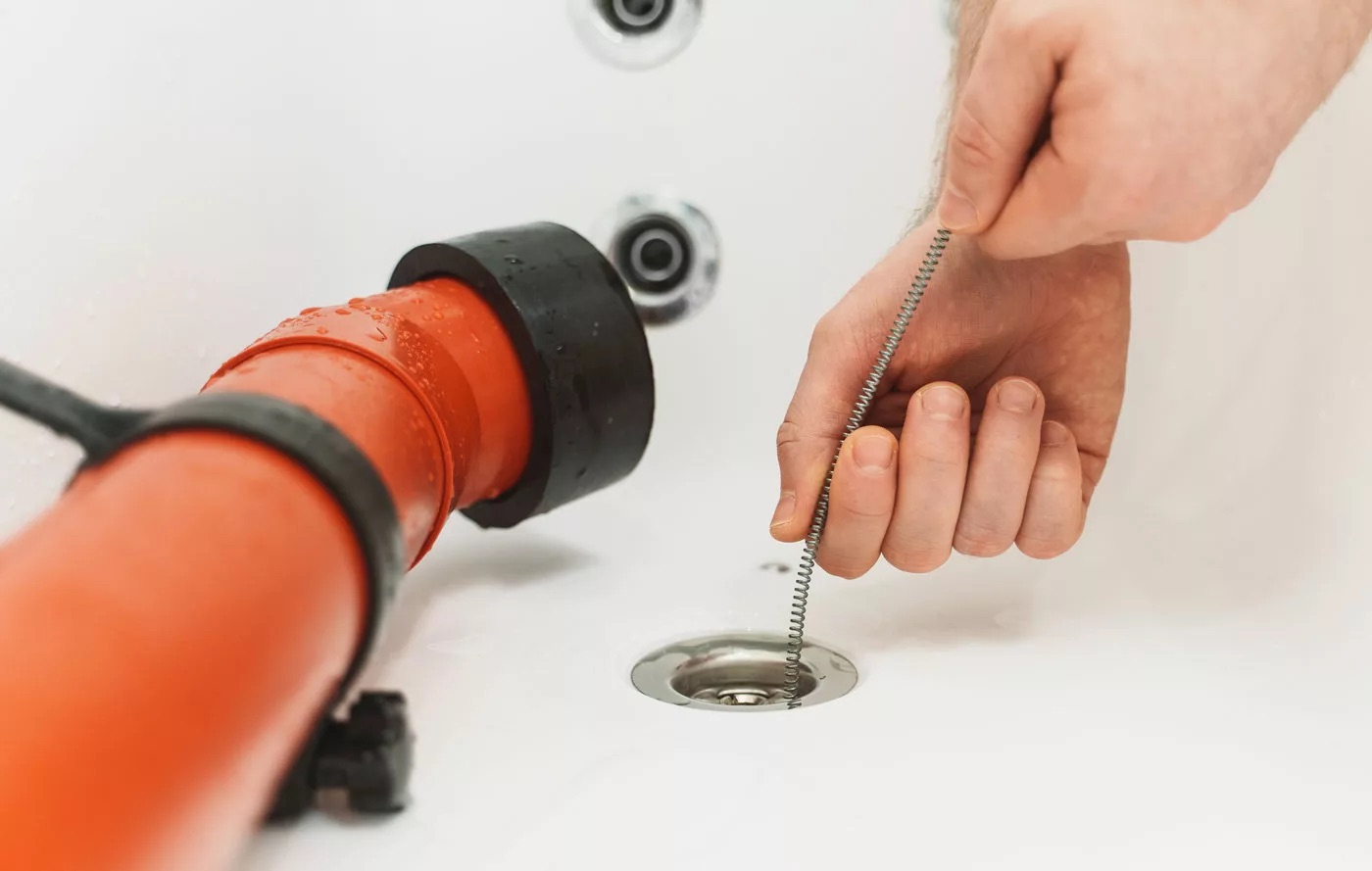
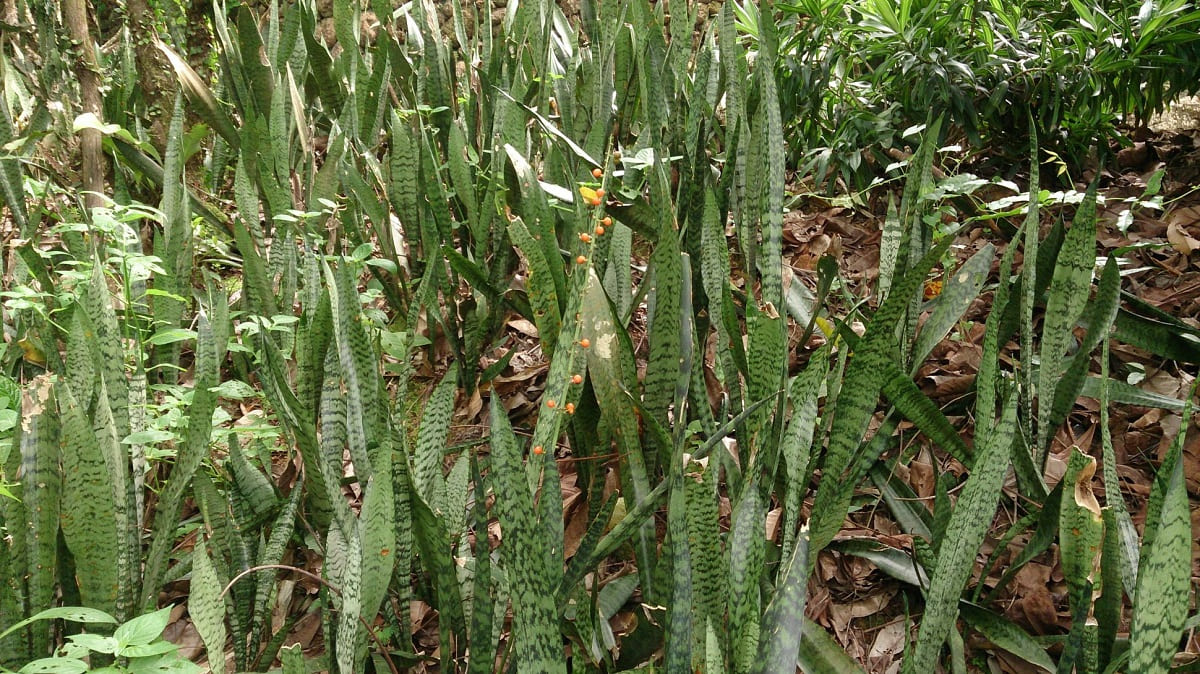
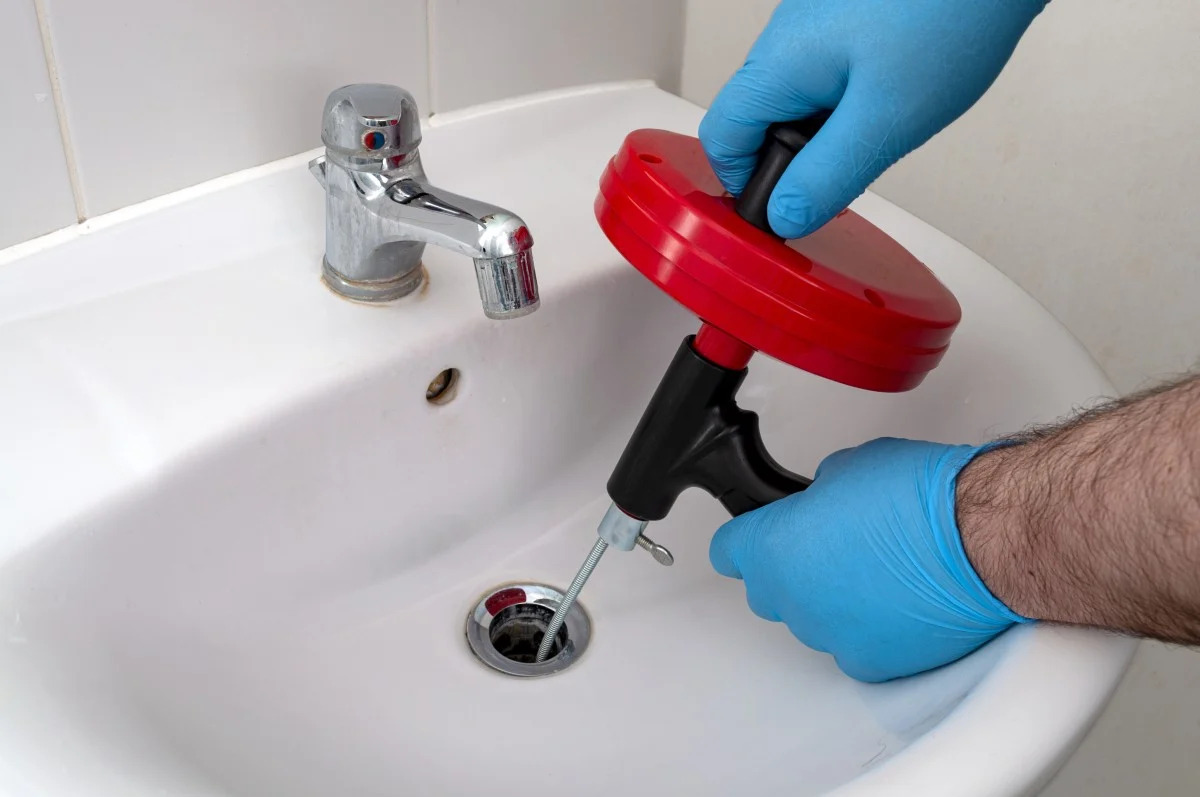
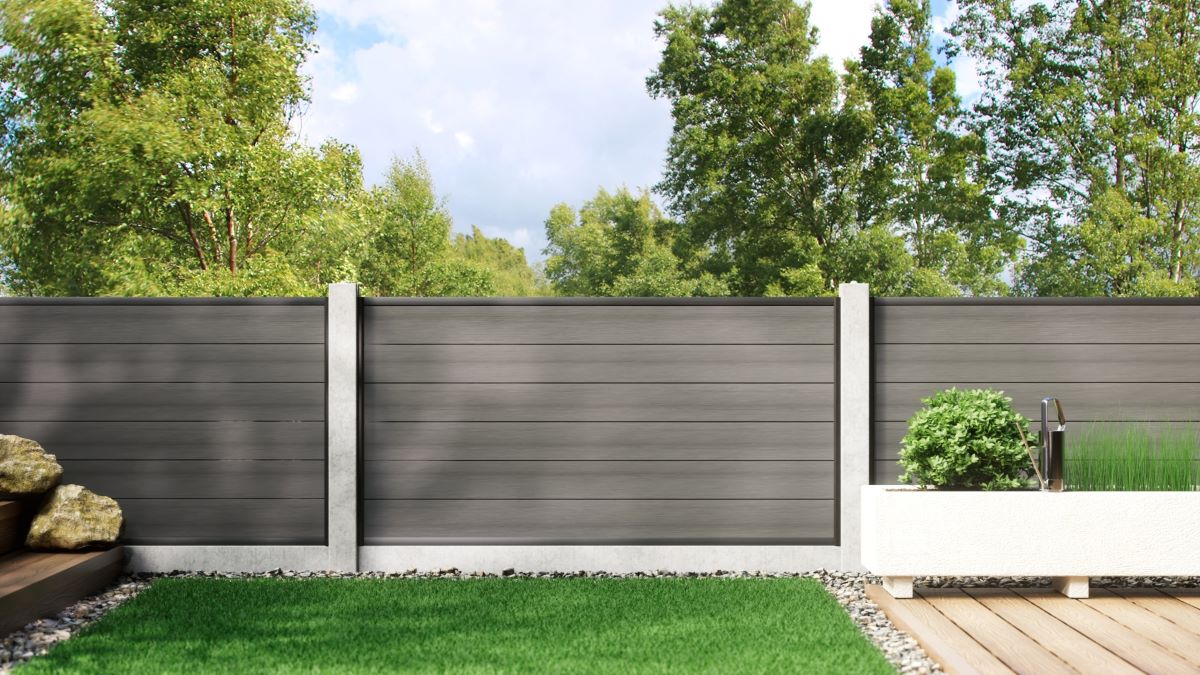
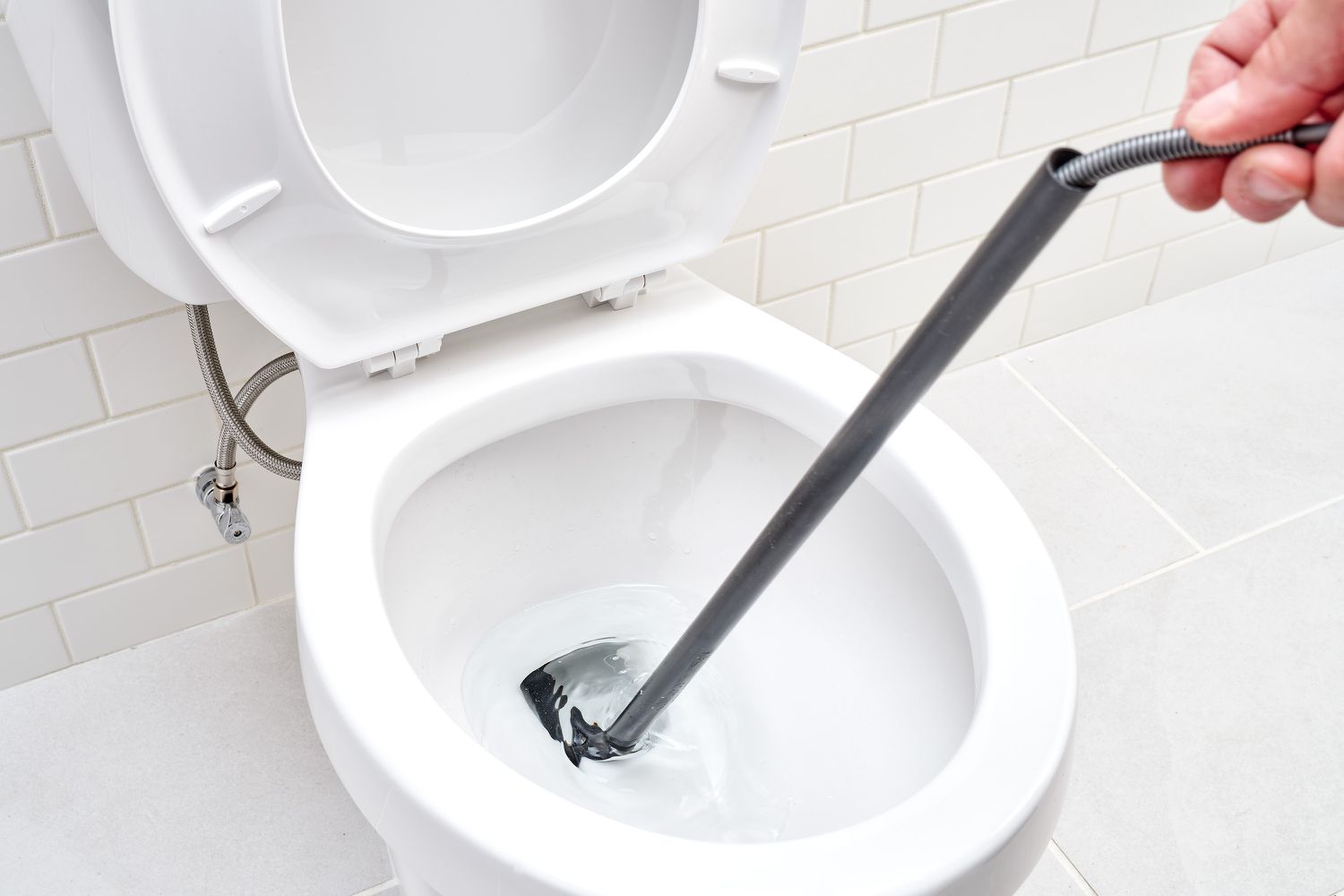
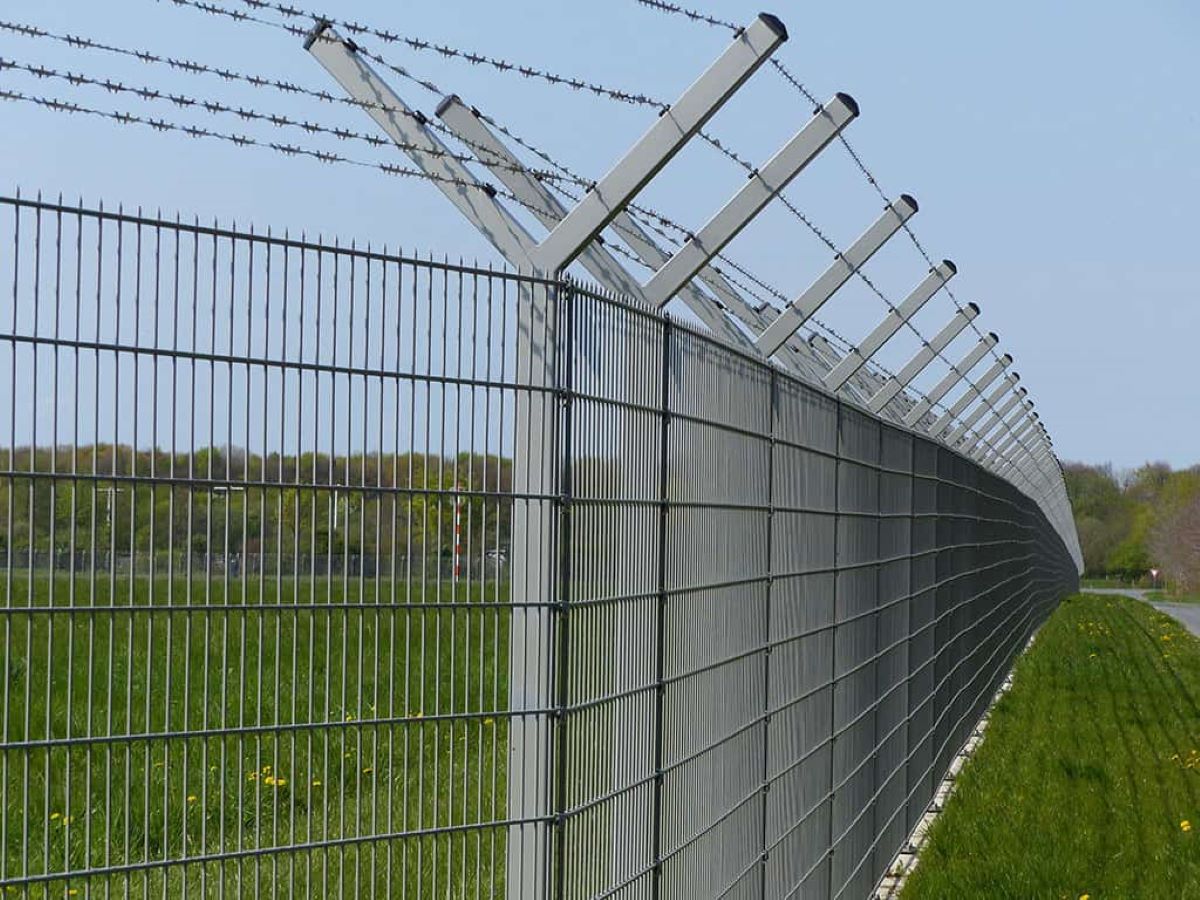
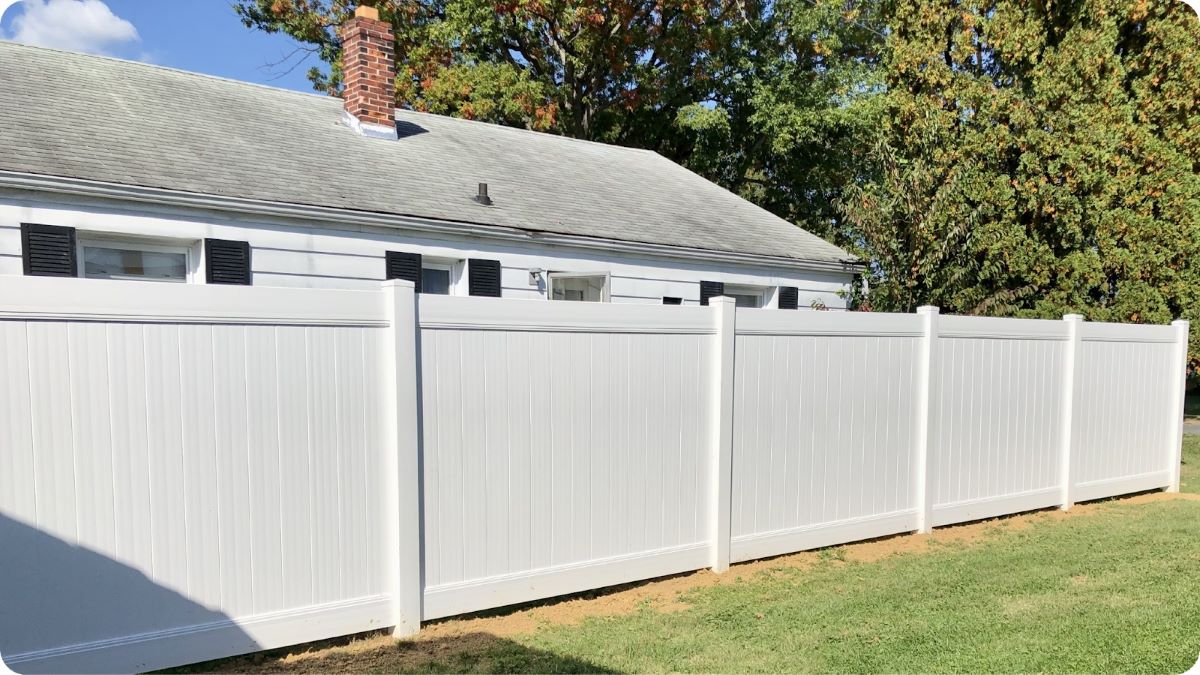
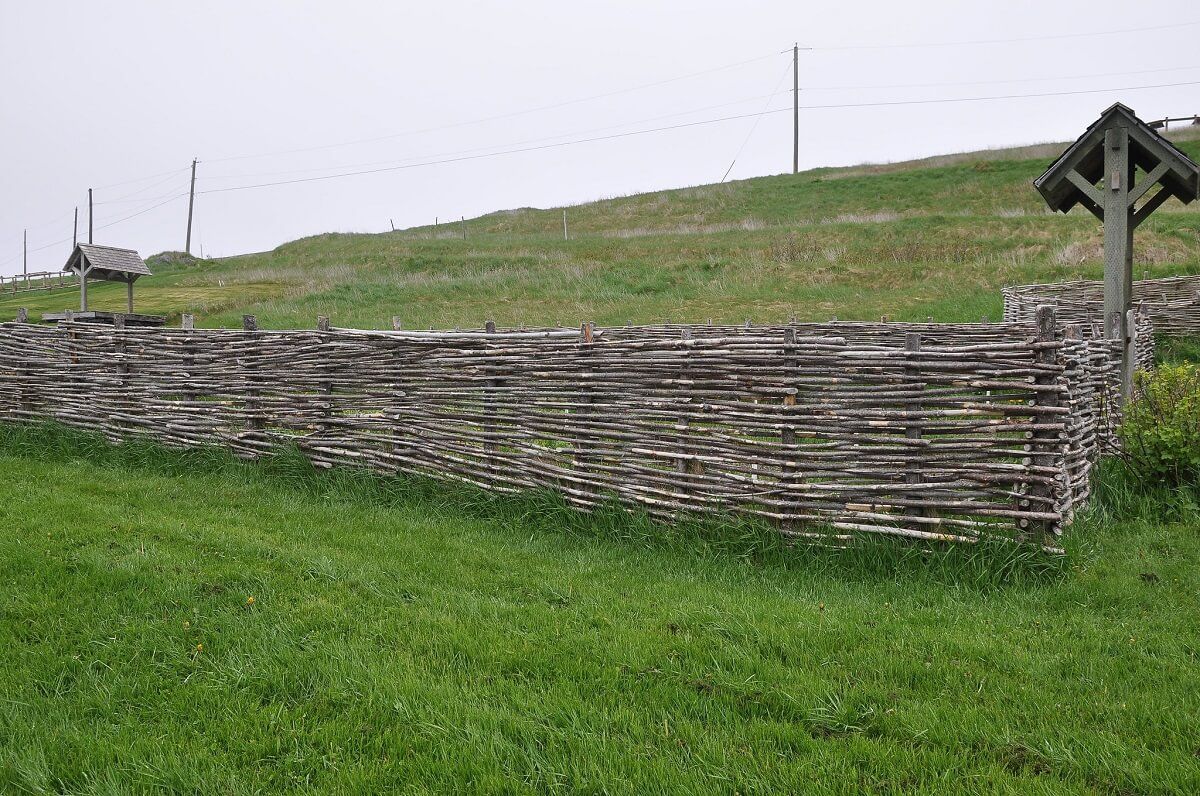
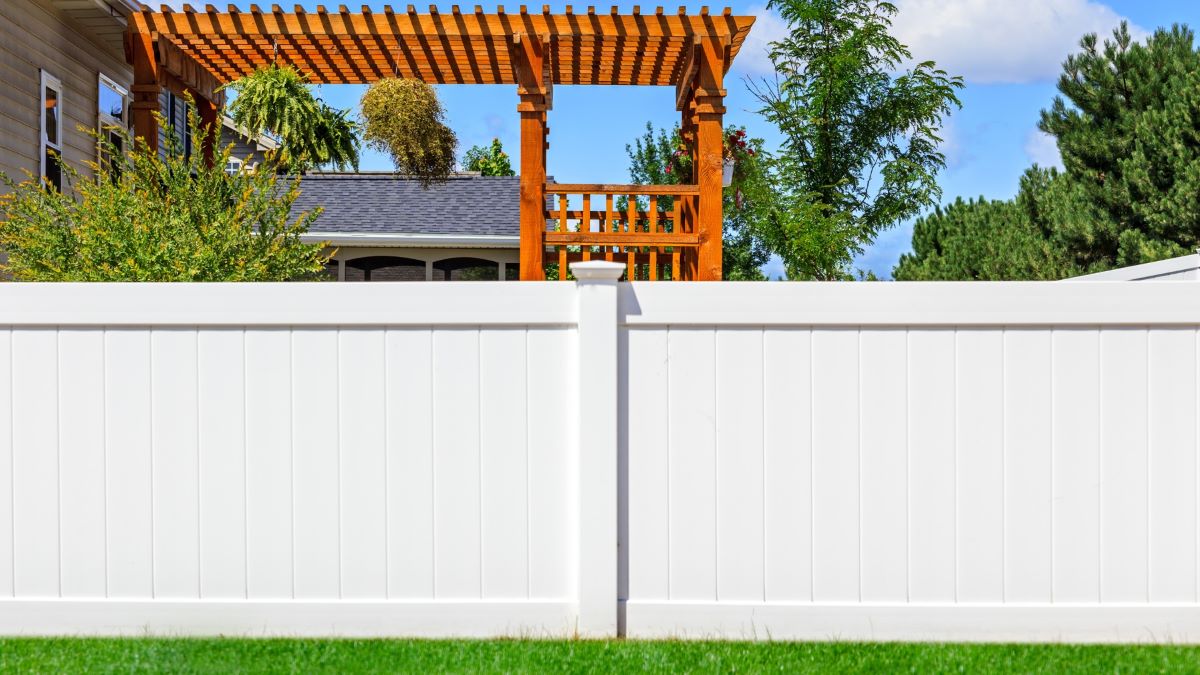
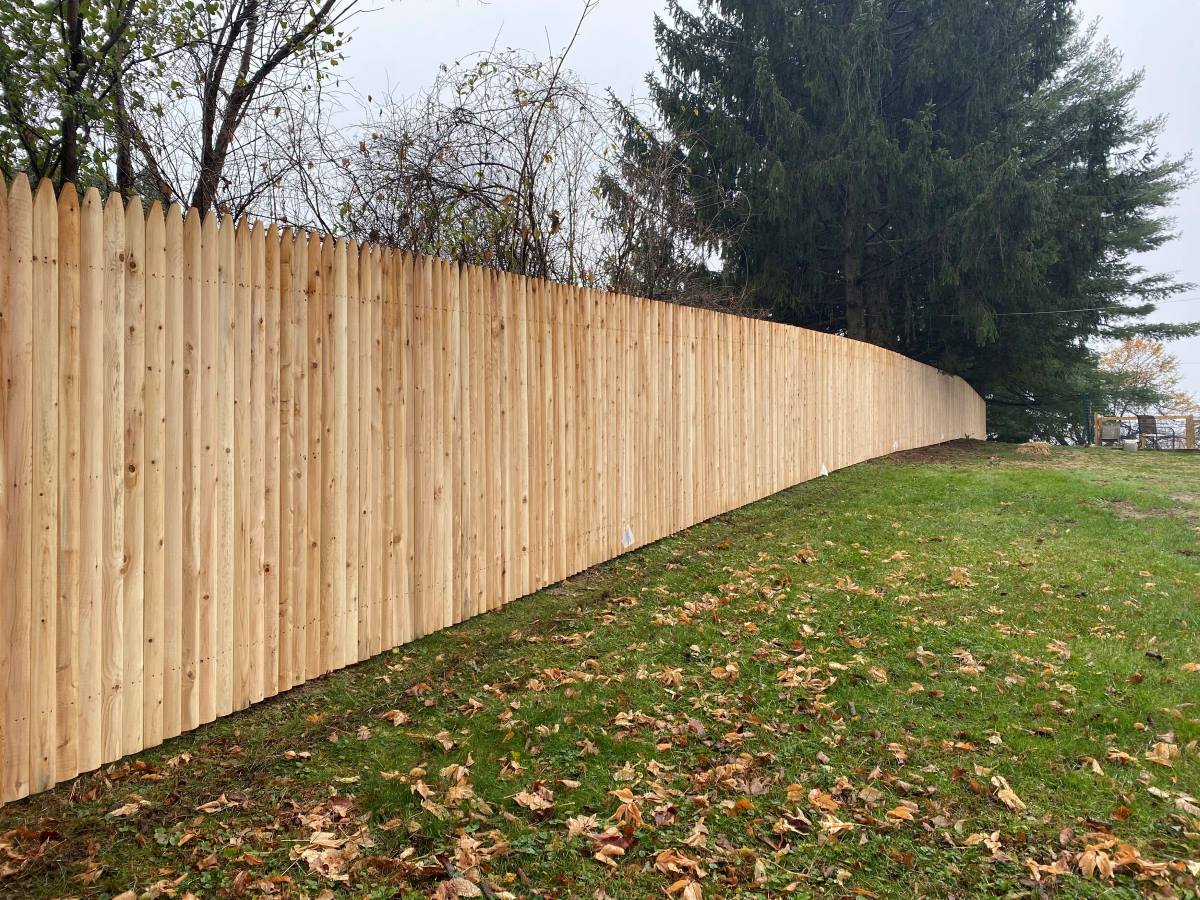
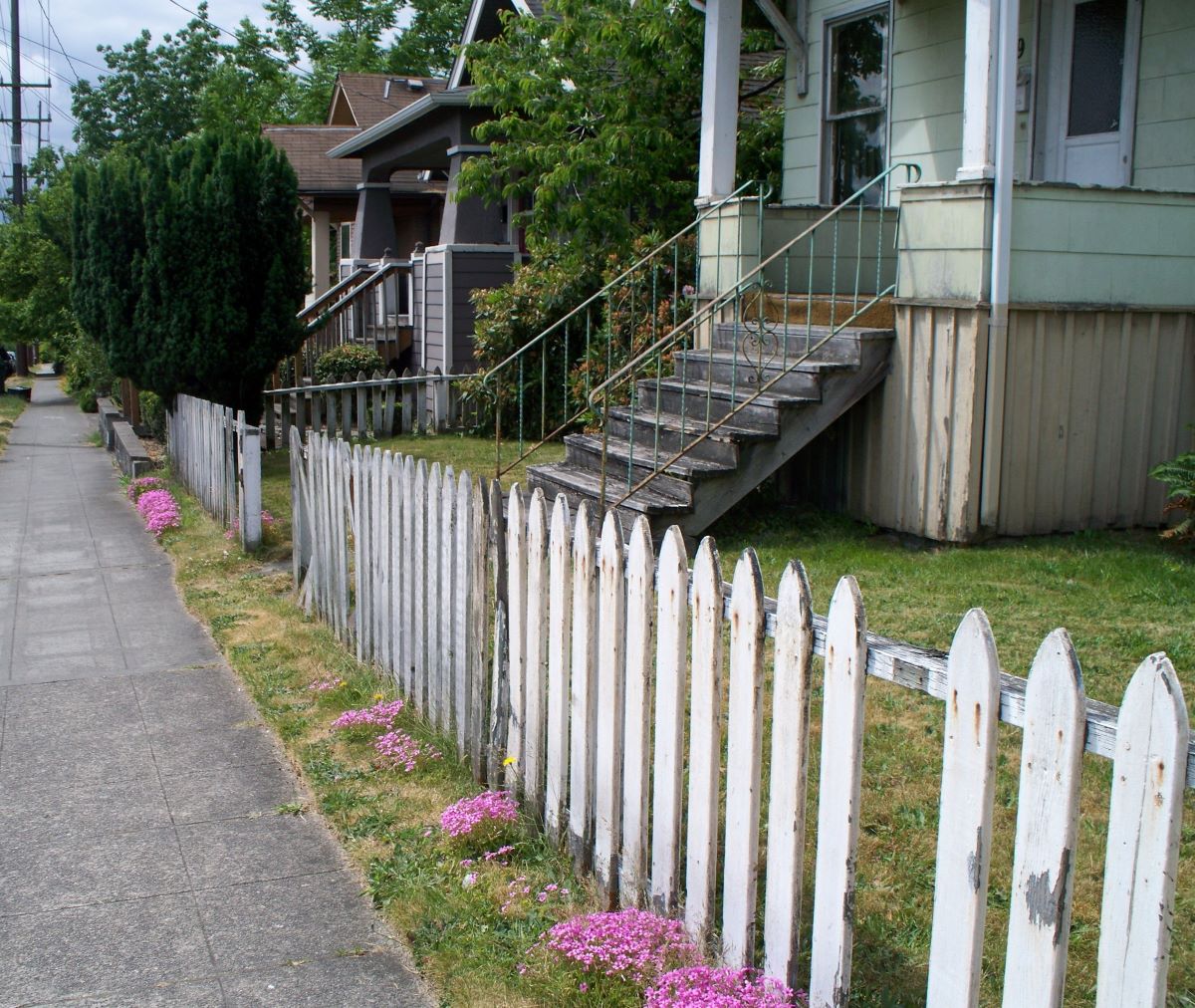
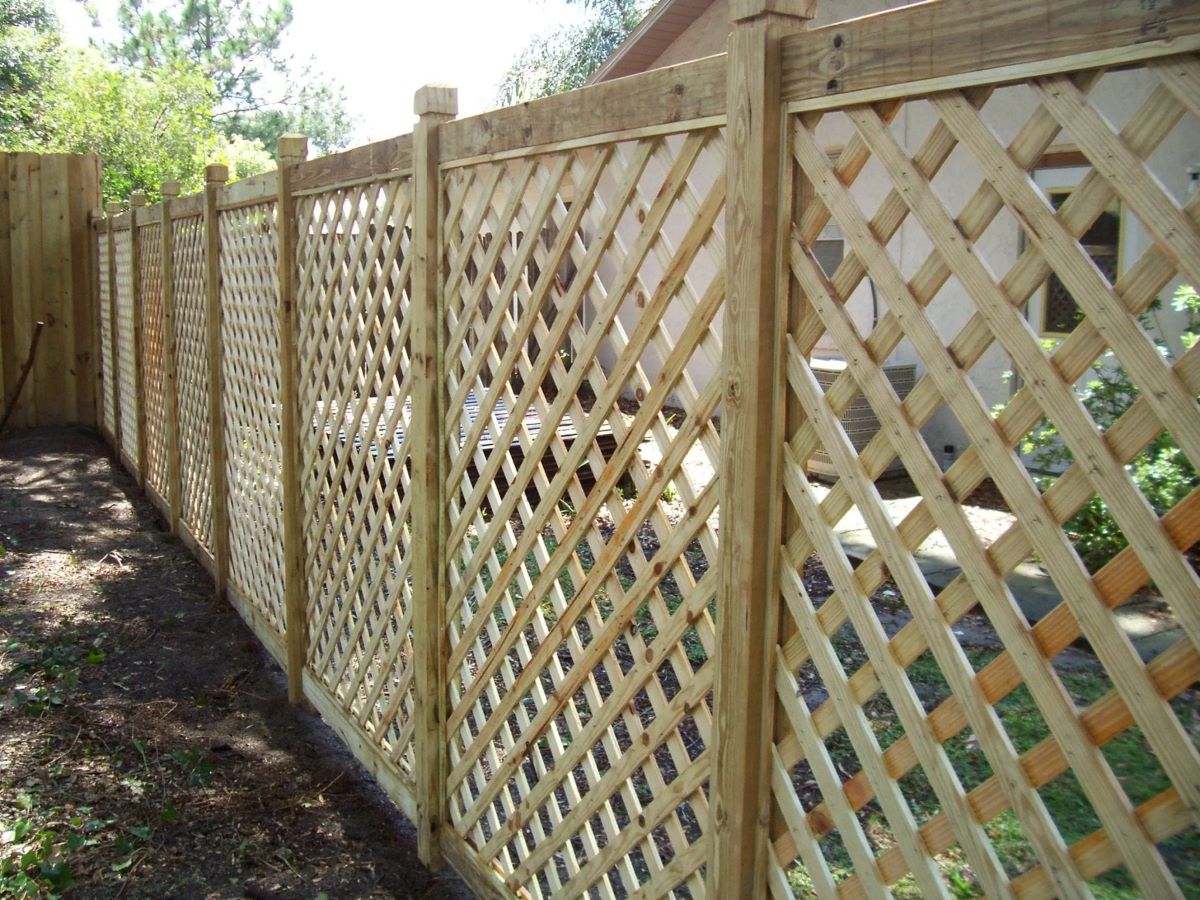
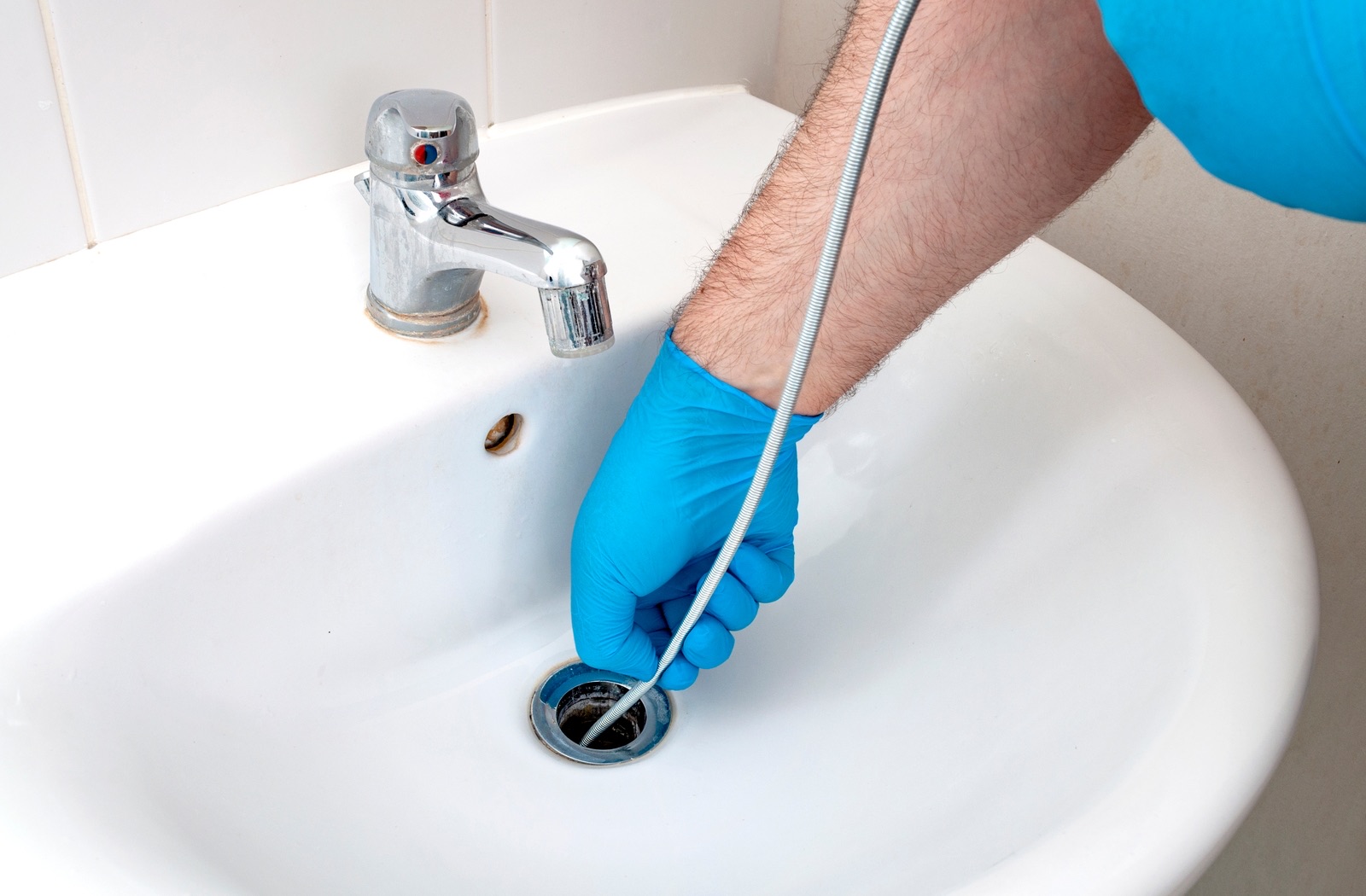

0 thoughts on “What Is A Snake Proof Fence”